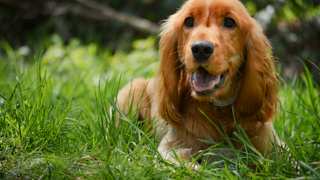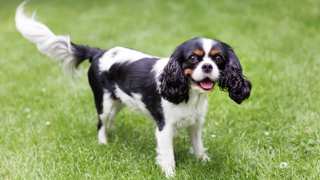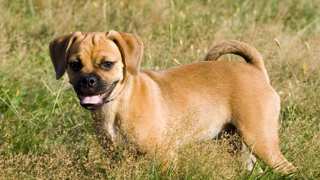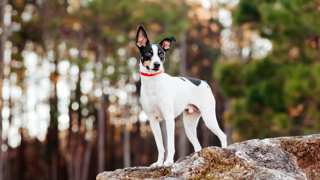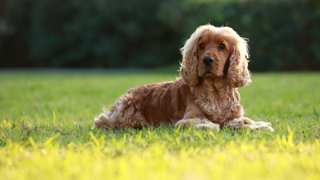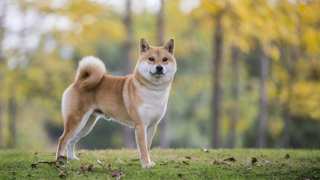These hybrids are lively and enthusiastic--but they're also relatively small, so Cockalier exercise requirements aren't too extensive. As intelligent, energetic animals, they'll need a variety of activities that stimulate them mentally as well as physically. And with some running skills and endurance inherited from the Cocker Spaniel, these dogs can be good jogging companions as well.
The typical adult Cockalier, depending on its age and overall activity level, will need about 45 minutes of proper exercise per day--which you can accomplish with a couple of walks or jogs and a period of play. You can start exercising your Cockalier puppy at 2½-3 months old by taking it on short (5- to 10-minute) walks, then you can increase the walks' length and frequency as the puppy grows.
A few things to consider when exercising your Cockalier: first, puppies younger than eight months old shouldn't participate in activities that include a lot of jumping, running on hard surfaces, or navigating of stairs, as doing so can injure their still-developing joints and bones. And regardless of age, these hybrids will need to be leashed when in public. Cockaliers have moderately high prey drives, so they may chase interesting-looking critters--birds, squirrels, and cats, to name a few--if given the chance; they're also curious and social,so they'll run off in search of new friends and environments if allowed. A leash will help you control your Cockalier in these situations. And finally: Cockaliers form strong bonds with their owners and suffer separation anxiety if left alone, so they'll respond much better to exercises you do together. (Putting your Cockalier in the yard to exercise alone, in other words, won't do any good; the dog is liable to spend the whole time barking and scratching at the door to be let back in!) Exercising with your Cockalier is much better.
Precautions aside, it's important to give these dogs some exercise every single day. Cockaliers are happy and affectionate, and without some consistent activity they'll become frustrated, destructive, and disobedient. Regular exercise will help your Cockalier remain the cheerful, peaceful dog it already is! A few exercise ideas:
- Walking/Jogging: Two 20-minute walks (or 15-minute jogs) per day is a good target
- Fetch: These dogs will chase a ball or stick for hours
- Hide-and-Seek: Great indoor, rainy-day activity; give the dog a treat when it finds you
- Swimming: Cockaliers love the water
- Dog Park: If properly socialized, Cockaliers enjoy the company of other dogs
- Hiking: Excellent bonding activity; bonus if you can find a remote where the dog can be off-leash
When indoors, it's a good idea to give your Cockalier access to one or more balls or chew-toys that will allow the dog to burn excess energy. It's also recommended that you have a regular exercise schedule for the dog, such as walks or jogs after breakfast and dinner and a play period in the afternoon.
